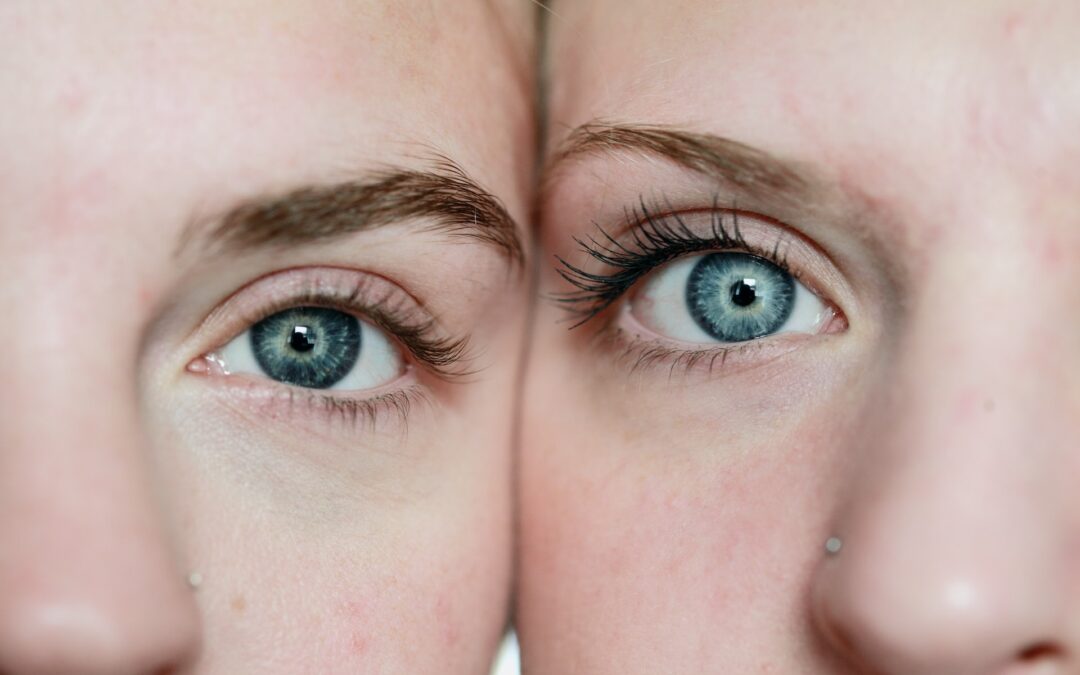Itchy, red, and watery eyes can be uncomfortable and irritating, significantly affecting your daily activities. While the symptoms may appear similar, the causes behind them may differ. Usually, these symptoms may point to either pink eye (conjunctivitis) or allergies. Understanding the distinctions between these conditions is essential in determining the proper treatment and management approach.
This blog will check the significant differences between pink eye and allergies, their causes, symptoms, and treatment options to help you decide about your eye health.
Pink Eye (Conjunctivitis)
Pink eye or conjunctivitis is an irritation of the conjunctiva, the thin, clear part that lines the eyelid’s interior and covers the eye’s white part. This eye inflammation can cause blood vessels to become more visible, resulting in a characteristic red or pink appearance.
There are principal types of pink eye. Each type has unique causes, symptoms, and allergy relief approaches.
1. Viral Conjunctivitis
The most common type of pink eye, viral conjunctivitis, is led by a viral infection, often associated with the common cold. This type of pink eye is highly contagious and can spread quickly through direct contact or contaminated surfaces.
2. Bacterial Conjunctivitis
Bacterial conjunctivitis occurs when bacteria infect the conjunctiva, often due to poor hygiene or contact with contaminated objects. This type of pink eye is also contagious and can cause more severe symptoms than viral conjunctivitis.
3. Allergic Conjunctivitis
An allergic reaction causes allergic conjunctivitis to an allergen, including pollen, dust, or pet dander. Unlike the other two types, allergic conjunctivitis is not contagious and often occurs alongside other allergy symptoms, such as sneezing and nasal congestion.
Allergies
Allergies take effect when the immune system overreacts to a harmless substance called an allergen. Common allergens include pollen, dust mites, pet dander, and mold spores. When you come into contact with any allergen, your body releases histamines, which cause inflammation and lead to various allergy symptoms, including red, itchy, and watery eyes.
Differences Between Pink Eye and Allergies
While pink eye and allergies share similar symptoms, there are some notable differences between the two conditions:
- Cause: Pink eye is caused by an infection or allergic reaction, while an immune system overreaction to an allergen causes allergies.
- Contagiousness: Viral and bacterial conjunctivitis are contagious, whereas allergic conjunctivitis and eye allergies are not.
- Accompanying Symptoms: Pink eye symptoms typically only affect the eyes, while allergies are often present with additional nasal and respiratory symptoms.
- Onset and Duration: Pink eye symptoms usually appear suddenly and can last several days to a few weeks, depending on the cause. Allergy symptoms may come and go depending on exposure to allergens and can persist throughout the allergy season or year-round.
Treatment and Management
Treatment for pink eye and allergies depends on the underlying cause:
- Viral Conjunctivitis: There is no specific treatment for viral conjunctivitis, as it usually clears up within one to two weeks. You can use artificial tears, a warm compress, and over-the-counter pain relievers to alleviate symptoms. It is essential to practice good hygiene, including washing your hands frequently and preventing touching your eyes, to prevent the spread of the virus to others.
- Bacterial Conjunctivitis: This type of pink eye is typically treated with prescription antibiotic eye drops or ointments. Following your healthcare provider’s instructions and completing the course of antibiotics is essential to ensure the infection is fully treated. Symptoms must begin to improve within a few days of starting treatment.
- Allergic Conjunctivitis: Treatment for allergic conjunctivitis includes avoiding the allergen, if possible, and using over-the-counter or prescription eye drops that contain antihistamines, decongestants, or corticosteroids to relieve itching, redness, and swelling. Oral antihistamines and allergy relief may also be recommended to help manage allergy symptoms.
- Allergies: Depending on the severity of your allergy symptoms, your healthcare provider may recommend over-the-counter or prescription medications, such as antihistamines, decongestants, or corticosteroids. It may recommend allergy shots, allergy relief, or immunotherapy for the long-term relief of symptoms. It is also necessary to identify and avoid allergens, if possible, to minimize symptoms.
Conclusion
Pink eyes and allergies can cause red, itchy, and watery eyes, but they have distinct causes and treatments. Pink eye is an infection begun by bacteria or viruses, while allergies result from an immune response to allergens. Proper diagnosis by a healthcare professional is essential for determining the appropriate treatment, including medications, allergy shots, or lifestyle changes. Practicing good eye hygiene and avoiding allergen exposure can help minimize symptoms and prevent the spread of infection.
QEStrong is a company that provides innovative health solutions for you, your family, friends, and even your pets. By harnessing the power of quantum energy and utilizing natural and organic ingredients in our products, we strive to offer safe, effective, and eco-friendly solutions for various health challenges throughout our extensive range of products. Explore our allergy relief products today and discover how we can revolutionize your path to health and wellness.







